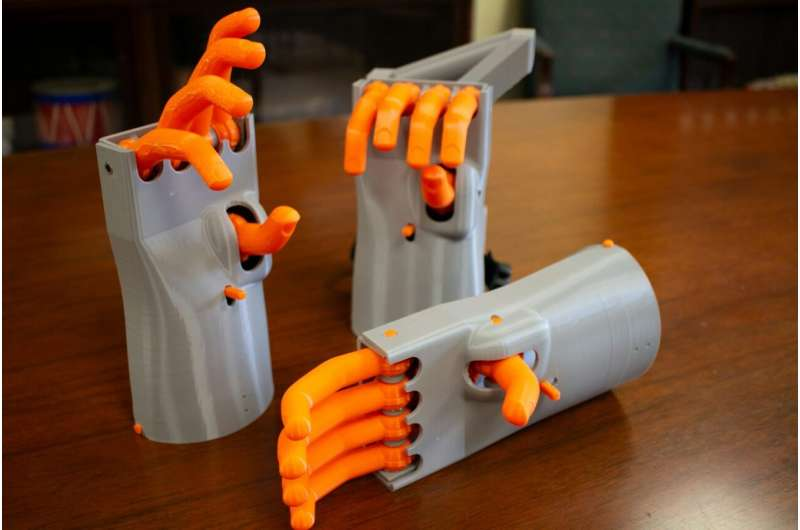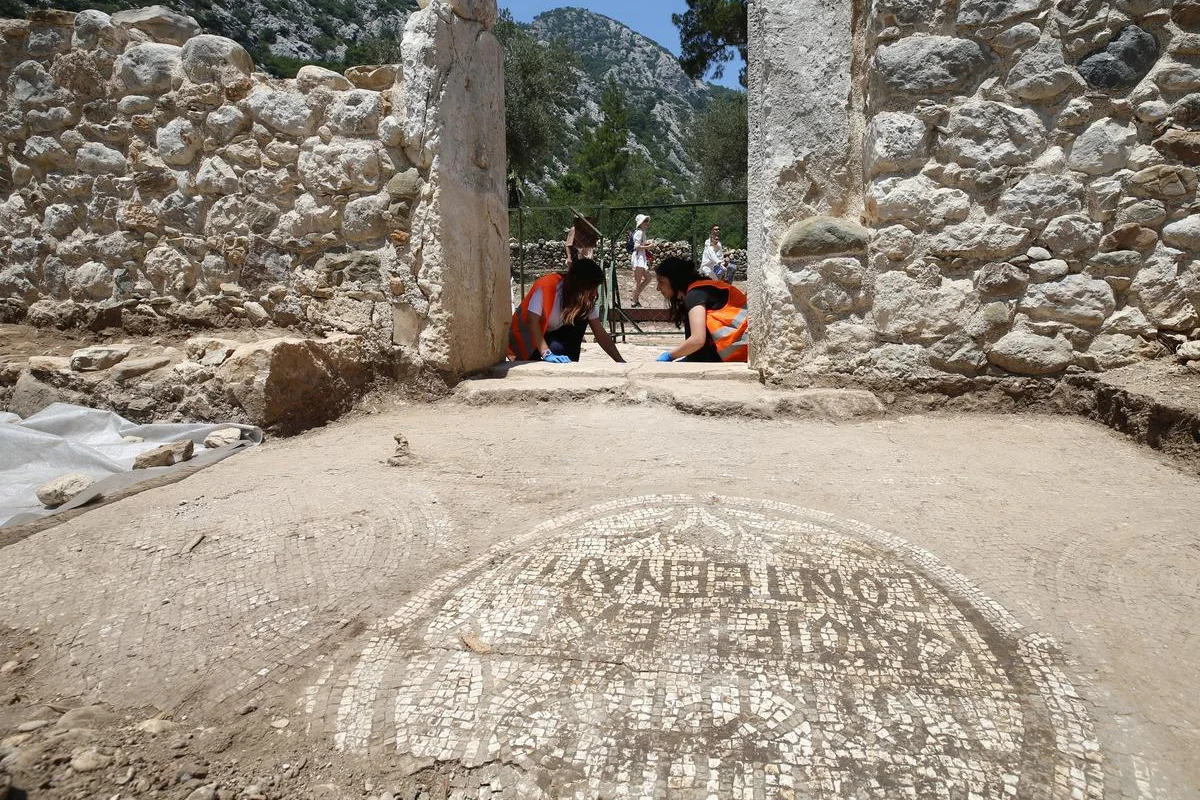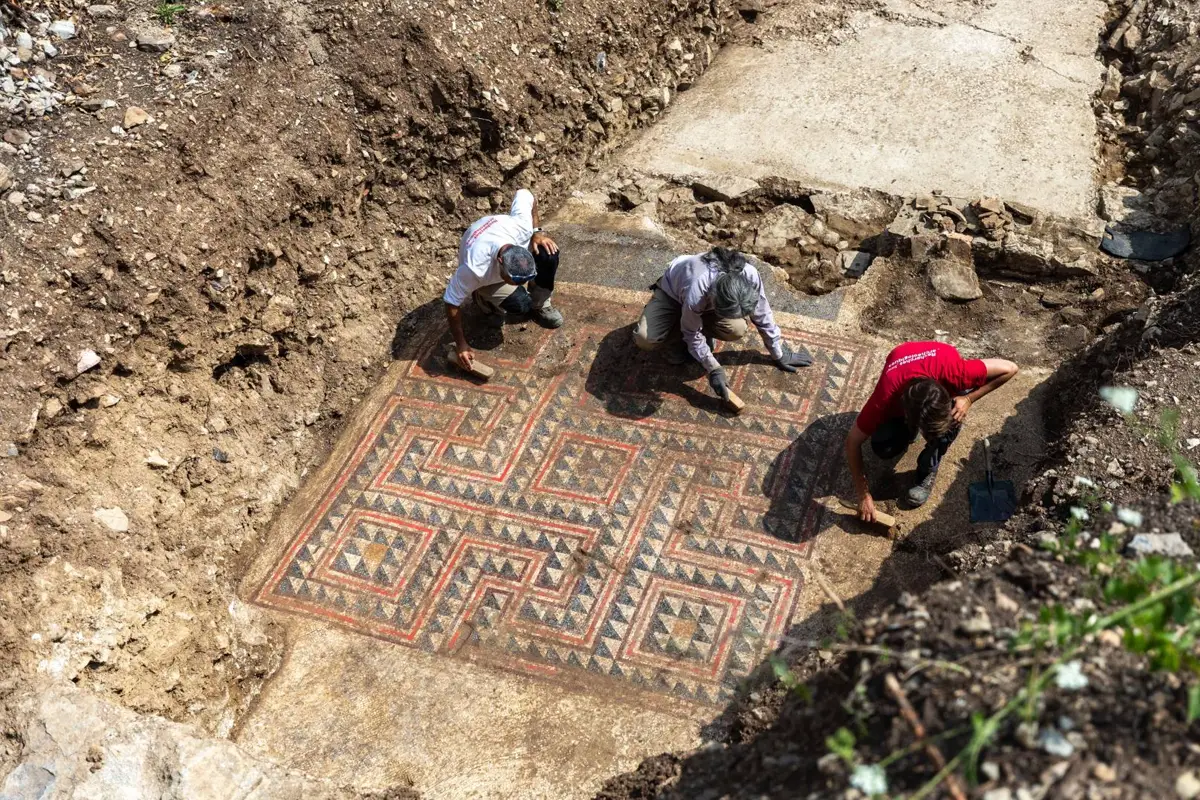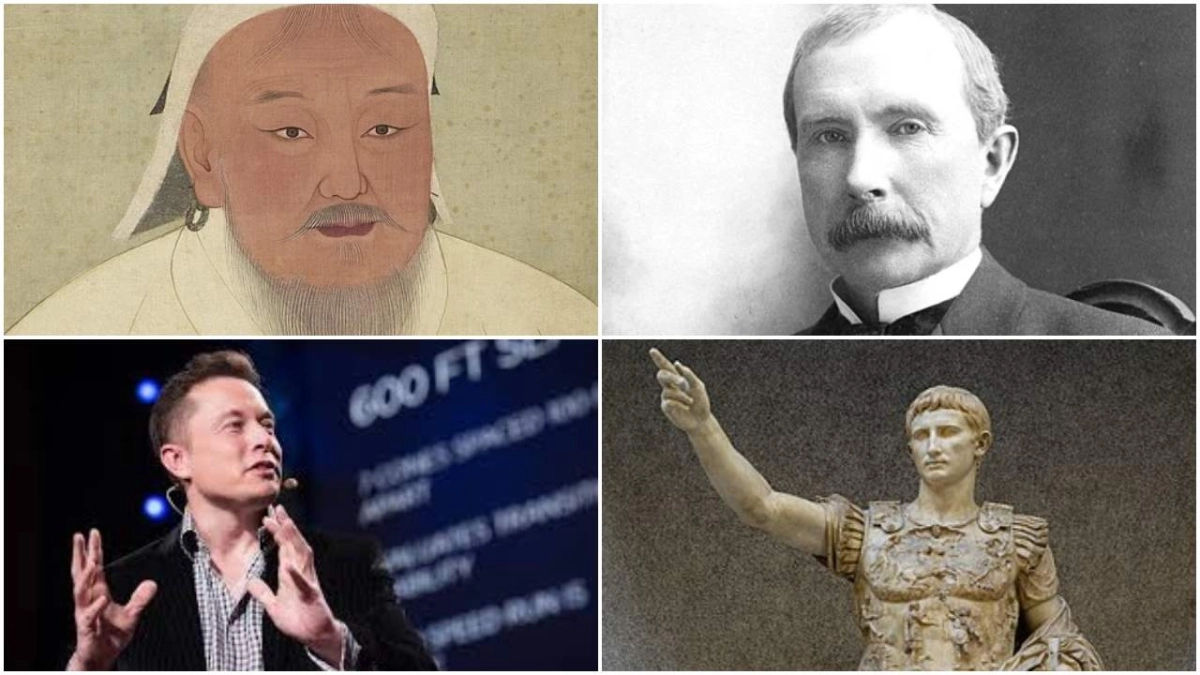Unveiling the Top 10 Ancient Battle Helmets in History: Effective and Well-Designed
Ancient battle helmets hold a revered place in military history with their diverse designs and unwavering functionality, offering soldiers protection on the battlefield. From the battlefields of Rome to the lands of the Samurai, these helmets played a crucial role in safeguarding the warriors who wore them. Let's delve into the top 10 ancient battle helmets that have left an indelible mark on history.
1. Monta Fortino Helmet:
The Montafortino helmet was a staple for Roman warriors, characterized by its conical shape, raised central knob, protruding neck guard, and cheek plates. Worn from roughly 300 BC to the 1st century AD, its design evolved with time, making it a symbol of Roman might and resilience.
2. Norman Conical Helmet:
During the Marian reforms in the late 2nd century BC, Roman Legionnaires were equipped with the mass-produced Norman conical helmet. Despite its lack of neck protection, this helmet proved to be an effective defense against swords and spears, serving as a testament to practical design and functionality.
3. Ancient Greek Helmets:
The Ancient Greeks were known for their well-designed helmets, such as the "Yyan" type, which provided ample head and neck coverage while ensuring good visibility and hearing. The Corinthian helmet, named after the city-state of Corinth, boasted slits for eyes and mouth, offering protection against spear and sword blows while presenting a formidable appearance on the battlefield.
4. Kettle Hat:
The kettle hat, crafted from iron or steel with a wide brim, was a common sight in medieval Europe and later during World War I and II. Its design provided enhanced protection, making it a practical choice for soldiers facing diverse combat scenarios.
5. Roman Auxiliary Cavalry Helmets:
Adorned with ornate designs, including masks and mythological scenes, Roman auxiliary cavalry helmets not only served as protective gear but also symbolized the grandeur and strength of the Roman Empire. These helmets stood as a testament to the fusion of function and aesthetics.
6. Kabuto:
As traditional Japanese Samurai helmets, Kabuto offered protection to the head and neck with their articulated blades, showcasing the craftsmanship of Japanese armorers and the valor of the Samurai warriors.
7. Hellenistic Cavalry Helmet:
Also known as the "ban" helmet, this offering provided crucial peripheral vision and hearing, essential for mounted troops. Its thoughtful design catered to the unique demands of cavalry warfare, underscoring the strategic approach to helmet design.
8. Imperial Gallic Roman Helmet:
A crucial substitute for the Montafortino helmet, the Imperial Gallic Roman helmet advocated for superior vision, hearing, and protection for the legionnaire. Its adoption during the 1st and 2nd centuries BC marked a pivotal shift in Roman combat gear, demonstrating the significance of adaptability and evolution in warfare.
9. Roman Combat Experience in the Dacian Wars:
The Roman combat experience during the Dacian Wars catalyzed advancements in helmet design, culminating in widespread usage of these helmets. This transformative period reshaped the face of Roman military equipment, elevating the importance of protective headgear in combat.
10. Myan Bor Tusk Helmet:
Originating from the Myan Bor culture, this unique helmet, though limited in its protective capabilities due to material constraints, stands as a testament to the diverse array of ancient battle helmets and the cultural significance embedded within each design.
In conclusion, ancient battle helmets represent a harmonious blend of function, protection, and cultural significance. From the battlefields of ancient Rome to the fields of medieval Europe and beyond, these helmets have left an enduring legacy, showcasing the ingenuity, resilience, and creativity of ancient civilizations in the pursuit of effective and well-designed protective gear for their warriors.
The video discusses the 10 most effective and well-designed ancient battle helmets. The helmets have been chosen based on factors such as mobility, ability to breathe, see and hear, overheating during battle, and the level of protection they provide.
The helmets are ranked based on their effectiveness and design, with the Samurai helmet being the most effective and well-designed among the ten. Overall, the video provides an interesting overview of ancient battle helmets, showcasing the diversity and creativity of ancient cultures in designing protective gear for warriors.








